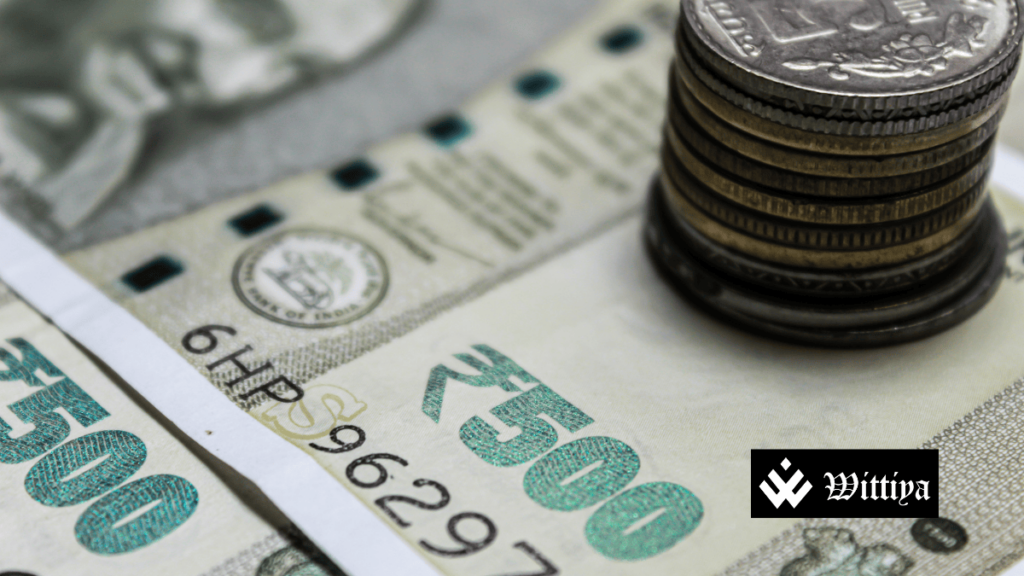The Indian rupee recorded its worst decline in three weeks on February 25, 2025, falling to 87.21 per US dollar due to month-end dollar demand and rising global tariff tensions. The fall was triggered by safe-haven flows to the dollar following US tariff announcements, impacting Asian currencies as well.
The Indian rupee suffered its steepest single-day decline in three weeks, dropping 50 paise to 87.21 per US dollar, as global tariff tensions and month-end dollar demand pressured emerging market currencies.
Apart from the rupee, other Asian currencies, including the Thai Baht and Indonesian Rupiah, also saw depreciation against the US dollar. The dollar index, which tracks the greenback against a basket of six major currencies, climbed to 106.769, reflecting a shift toward safe-haven assets.
The fall was largely driven by US President Donald Trump’s reaffirmation of 25% tariffs on Mexico and Canada, set to take effect in March 2025. Speaking at a press conference with French President Emmanuel Macron, Trump confirmed that the tariffs were on track, citing prolonged trade imbalances. The uncertainty surrounding global trade policies led to a surge in demand for the US dollar.
Additionally, month-end demand for the dollar, coupled with the Reserve Bank of India’s (RBI) forex adjustments, contributed to the rupee’s slide. Finrex Treasury Advisors LLP, a financial consulting firm specializing in forex and treasury services, noted that the rupee’s depreciation was influenced by the RBI’s position squaring and global risk sentiment.
Month-end demand for dollars due to fixing, along with global risk-off sentiment, led to a sharp decline in the rupee. The RBI’s stance and external factors will determine whether the currency stabilizes in the coming sessions.”
Anil Kumar Bhansali, Head of Treasury at Finrex Treasury Advisors
The Indian rupee opened at 86.85 per USD but weakened steadily, closing at 87.21, marking its sharpest drop since February 5, 2025. The Indonesian Rupiah and Thai Baht also recorded declines of 0.43% and 0.52%, respectively.
The Reserve Bank of India (RBI), India’s central banking institution responsible for monetary policy and forex regulation, has not intervened in the currency market so far. However, traders anticipate potential measures if volatility persists.
With continued tariff tensions and global uncertainties, analysts predict near-term pressure on the rupee, though foreign inflows and RBI policies could provide support in the coming weeks.



